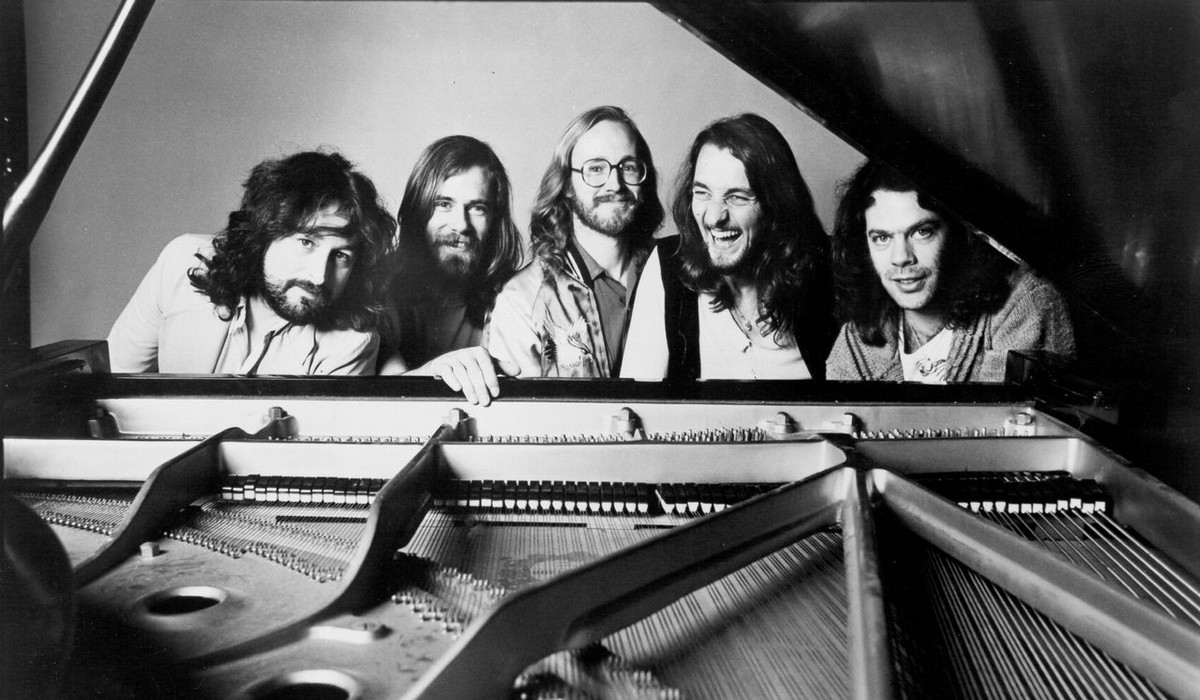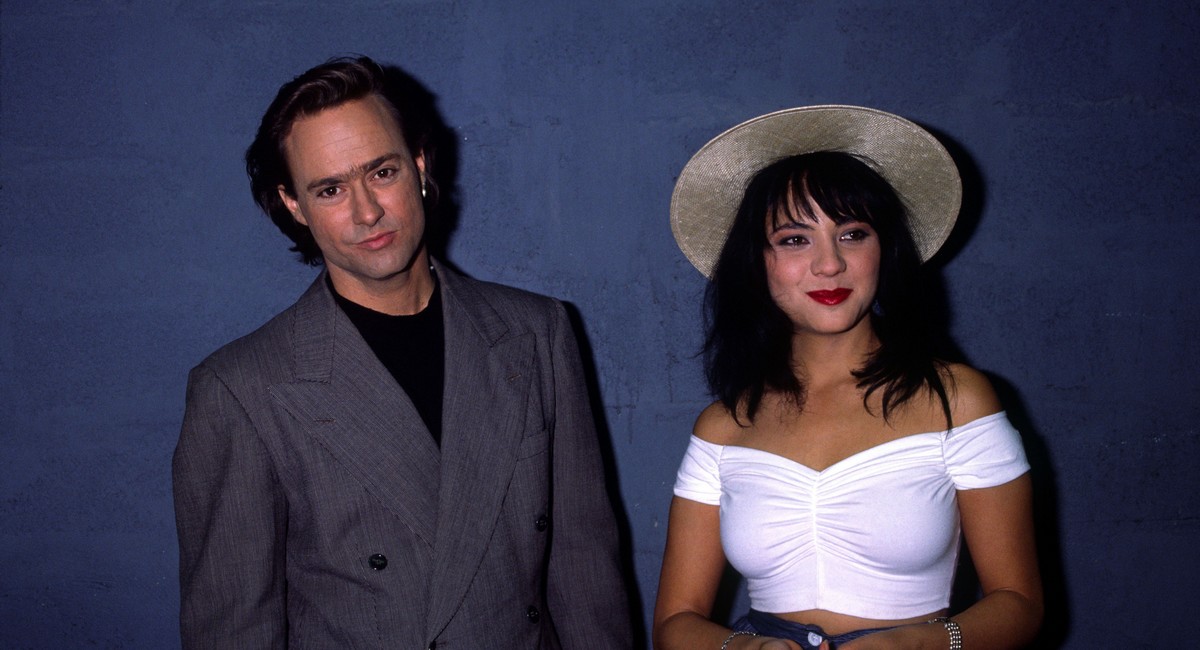Strings and guitars in the same breath
When Music came out in 1976, it sounded like an anthem rising from a cathedral of light. The song builds from a fragile whisper to a grand orchestral climax, taking its time with the confidence of something timeless. John Miles, still in his mid-twenties, had poured into it every ounce of his love for music, composition and drama. Trained on piano from an early age and a fan of everything from Mahler to The Beatles, Miles seemed to bridge classical grandeur and rock immediacy with an elegance that felt instinctive.
The arrangement is striking for its ambition. A lush string section weaves in and out of electric guitars and drums, never crowding the melody. Alan Parsons, who engineered the track at Abbey Road, brought a sense of clarity and space that gives every note its place. The structure itself tells a story – quiet reflection, mounting intensity, final explosion. Miles’s voice floats above it all, clear and honest, like someone telling you something sacred without needing to explain why.
This was not the product of a giant studio machine. Miles was from Jarrow, a small town in northeast England, and had paid his dues on the club circuit before being noticed by Decca. The success of Music was unexpected. It climbed the charts across Europe, became a staple of late-night radio, and turned Miles into an icon of symphonic rock almost overnight. For years after, he opened his shows with the same rising chords, letting the audience fall silent before the first line arrived like a gentle wave.
John Miles is the brightest, freshest force in British rock
(Melody Maker, 1976)
There’s something cinematic about how the song unfolds. You can almost see it in wide shots – an empty theatre, a lone spotlight, a swelling crescendo echoing through velvet curtains. It invites stillness, but also surrender. At a time when punk was emerging in sweaty clubs and disco was lighting up dance floors, Music stood in a different corner, slow and deliberate, trusting the listener to follow its arc. It didn’t rush to please. It lingered.
Miles continued to work for decades after Music, touring with Tina Turner and playing with Alan Parsons Live Project, but this track remained his signature. It wasn’t a fluke. It was the result of precision, instinct, and belief in the power of melody to carry emotion. Every year, somewhere in Europe, a young orchestra discovers the song and plays it again. The notes don’t age. They just wait to be heard with the same open ears.





